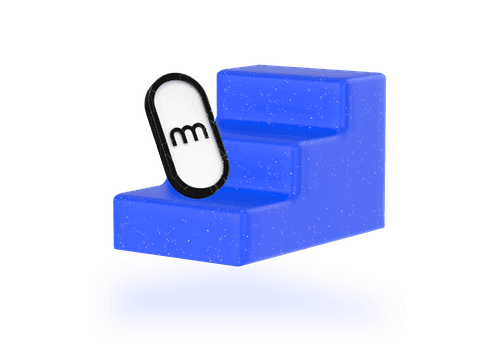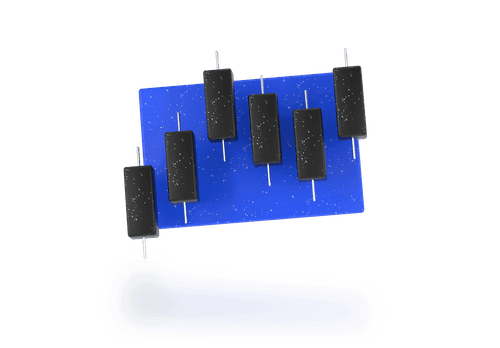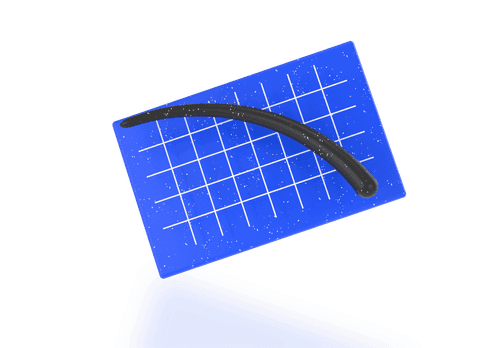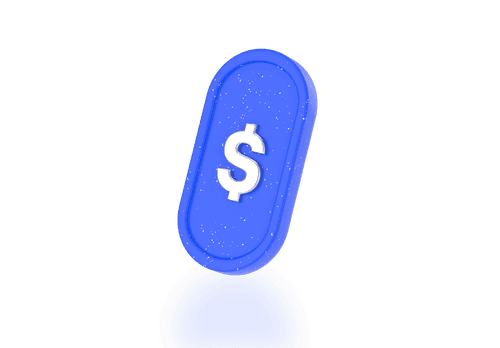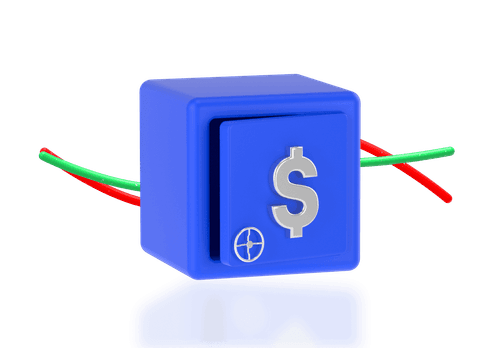Beginner
What's the Minimum Amount of Money Required to Start Trading?
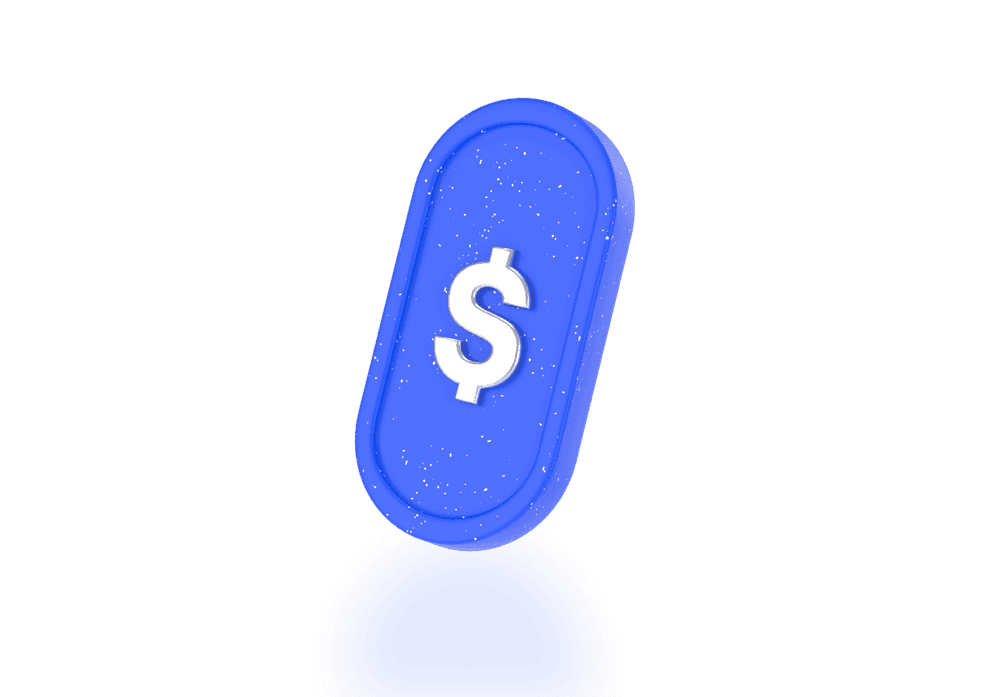
Picture yourself as a full-time trader, making a livelihood by navigating the dynamic global financial markets. It's a liberating feeling, isn't it? No bosses breathing down your neck, and the promise of boundless opportunities for financial growth.
While this scenario may seem like a distant fantasy for many, it's the everyday reality for thousands of successful traders. But what paved the way for them to reach this point? And perhaps more importantly, what initial investment is necessary to embark on the journey of forex trading? By delving into the fundamental requirements, we can explore the potential of transforming your trading expertise into a thriving full-time profession.
What's the Minimum Deposit Required to Begin Trading?
Embarking on the journey of forex trading demands a blend of skill, resilience, and a keen eye for learning from inevitable setbacks. Even seasoned professionals encounter their share of missteps along the way.
What makes trading so enticing is the leverage it offers, allowing you to enter the market with relatively modest capital. At nomo, for instance, leverage ratios can reach up to 100:1 or more, meaning a starting deposit of €250 can command over €25,000 in trades. However, prudence dictates steering clear of such high leverage levels, and instead, adopting sound risk management practices to cushion against market volatility.
The initial aim is to develop and refine trading strategies, gradually scaling up positions to a level where consistent returns become feasible. Nomo facilitates this process by enabling traders to engage in micro-position trading. With just €250, you can test your strategies on a small scale, ensuring that even a streak of ten consecutive losses, each of 30 pips, would only dent your account by €30.
Granted, enduring a string of losses isn't pleasant, but the real value lies in the invaluable lessons gleaned while navigating the markets with limited risk exposure. It's these early insights that pave the way for long-term financial success.
So, while the journey may be fraught with challenges, the path to profitability begins with judicious risk management and a steadfast commitment to continuous learning.
Is Trading with $100 Possible?
Yes, it is possible to trade with $100. However, it comes with limitations and risks. Trading with such a small amount restricts your options and may lead to minimal returns, especially if you're not trading cautiously.
For instance, even a seemingly impressive 2% return on a trade would only yield a $2 profit, which might not be particularly motivating. Additionally, there's a danger of developing risky habits, such as overtrading or risking a large percentage of your capital to chase higher dollar gains.
If you're not yet a disciplined trader, starting with a small amount like $100 could potentially lead to impulsive decisions. In such cases, it might be wiser to stick to a demo account until you feel confident and disciplined enough to manage real funds effectively.
Remember, the key isn't necessarily to deposit more funds but to focus on refining your trading strategy and risk management skills until you're ready to trade with larger amounts.
Navigating Initial Capital Management in Trading
Embarking on your trading journey requires meticulous planning, especially when it comes to managing your initial capital. Let's delve into essential strategies to ensure a solid financial footing as you navigate the dynamic markets.
Establishing Risk Parameters
One fundamental rule to abide by is to never risk more than 1% of your trading capital in any single trade, particularly during the learning phase. For example, if you have a starting balance of $2,000, risking no more than $20 per trade ensures that losses remain manageable, allowing you to stay in the game even in the face of adversity.
Impact on Trading Costs
Understanding the impact of your starting balance on trading costs is crucial for long-term success. Consider the breakeven point, pivotal in achieving profitability. Let's say you're trading on the nomo account, where each full lot incurs a cost of $7.00 round trip. If you're starting with a $1,000 account, with each trade costing $0.07, you need to make at least 0.14% per month just to cover these expenses.
Break-even Analysis
To attain profitability, it's essential to calculate the percentage gain required to cover trading costs and reach the breakeven point. For instance, with a $500 account, monthly expenses of $140 mean you need a whopping 28.00% gain just to break even. However, with a $10,000 account, the required gain drops to a more manageable 1.40%.
Key Takeaways
Initiate trading with conservative position sizes to avoid over-leveraging. For instance, sticking to micro-lots allows for controlled risk exposure, especially when starting with a small account. Recognize the importance of starting with a solid foundation, focusing on risk management, and gradually scaling up position sizes as your account grows. By adhering to prudent risk management practices and understanding the impact of your initial capital on trading costs, you can lay a solid foundation for sustainable success in trading.
How Many Hours of Trading Are Needed to Profit?
Day trading can indeed be a full-time endeavor for some, but it doesn't necessitate constant screen-watching. Many traders opt to focus their trading activities during specific windows, such as the London and New York Opens. Outside of these periods, they may allocate time to refine their strategies, analyze past trades, and conduct research to enhance their skills. While the intensity of day trading demands vigilance, it's crucial to schedule downtime for reflection and mental recharge.
Which Is Better: Stocks or Forex?
The forex market holds appeal for day traders globally due to its round-the-clock availability, high liquidity, and rapid price movements. With significantly higher leverage compared to stocks, forex offers traders the potential for amplified returns, albeit with increased risk. In contrast, day trading share CFDs entails different considerations. Limited leverage necessitates higher capital requirements, and trading hours are confined to specific exchange schedules unless diversifying across different markets. Traders drawn to high-risk environments and seeking to capitalize on volatility may find forex trading more aligned with their objectives.
In the realm of day trading, nomo provides an ideal platform for navigating the forex markets with its user-friendly interface, robust tools, and competitive pricing. Whether you're a seasoned trader or just starting out, nomo offers the resources and support needed to thrive in the dynamic world of forex day trading.
